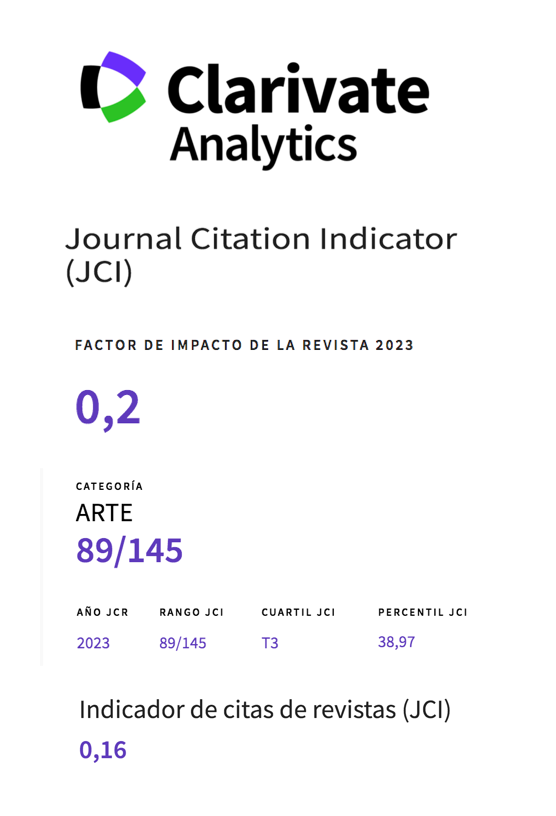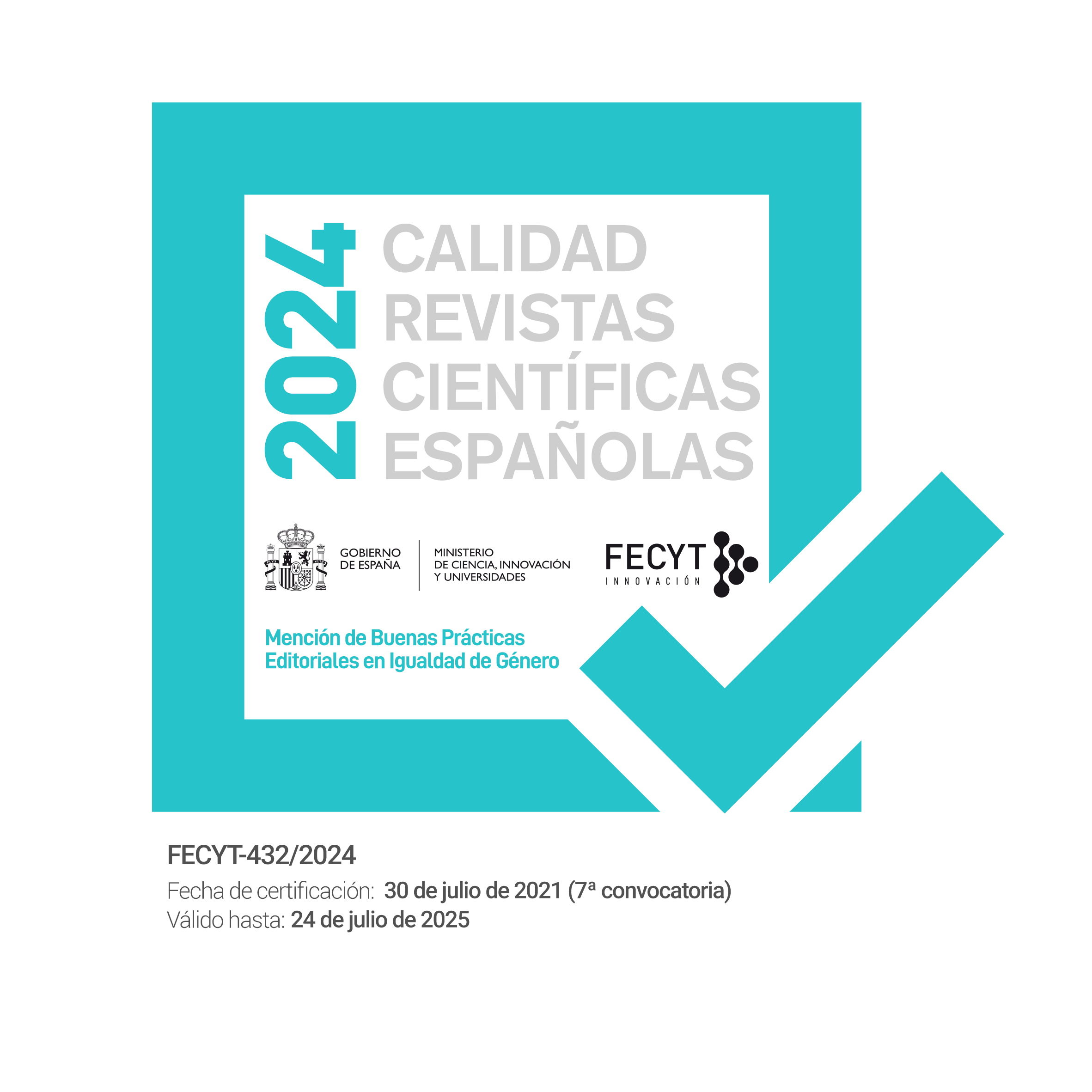Terreno Modular: Prácticas Artísticas participativas de Resistencia y Comunidades Emocionales en Migración, desde La Habana a Cáceres.
Supporting Agencies
- Consejería de Cultura de España en La Habana
- Consejería de Cultura de la Junta de Extremadura
Abstract
Participatory art, integrated within contemporary social art, is presented to us as a tool of cultural resistance, which empowers the citizen by rejecting the idea of being merely a passive spectator. This artistic movement has sparked debates and redefinitions of concepts and themes still loosely defined for many, while the cultural sector grapples with challenges in identifying and measuring the qualitative impact demanded by art centres and institutions at their events. The current research delves into a comprehensive evaluation of the participatory project Terreno Modular, implemented in two cities with different socio-cultural contexts: Havana (Cuba) and Cáceres (Spain). This analysis takes place within the framework of two prominent temporary cultural events: the 14th edition of the Havana Biennial and Cáceres Abierto 2023. Comparing the execution of the project in both locations provides a deeper understanding of how participatory dynamics manifest and are perceived in diverse cultural contexts. The research aims to contribute to understanding the impact of participatory art in different cultural settings and its relevance in temporary cultural events.
Downloads
-
Abstract271
-
pdf (Español (España))97
References
Ardenne, P. (2006). Un arte contextual: creación artística en medio urbano, en situación, de intervención, de participación. Murcia Cultural.
Assmann, A. (2011). Memoria cultural y civilización occidental: Funciones, medios, archivos. Akal.
Ballate Benavides, A. G., & de Armas Rodríguez, Y. (2021). Terreno Modular. Memoria del Proyecto para la XIV Bienal de La Habana.
Bhabha, H. K. (2002). El lugar de la cultura. Manantial.
Bishop C. (2012). Artificial Hells: Participatory art and the politics of spectatorship. Verso Books.
Blanco Bravo, P. (2001). Modos de hacer : arte crítico, esfera pública y acción directa. Universidad de Salamanca.
Blanco Olmedo, F. (2018). Contexto. En H. en Arte (Ed.), Glosario Imposible (pp. 36-45). Comunidad de Madrid y Secretaría de Estado de Cultura.
Bourriaud, N. (2006). Estética relacional. Adriana Hidalgo Editora.
Charmaz, K. (2014). Constructing grounded theory (2.a ed.). SAGE Publications.
Fundación Once.(2023). Memoria de la VIII Bienal de Arte Contemporáneo.
Gordon, A. F. (2008). Fantasmas: El legado de lo no dicho. Ediciones Siglo XXI.
Gregorio Fonseca, J. (2007). Modelos cualitativos de evaluación. EDUCERE, 11(38), 427-432.http://ve.scielo.org/scielo.php?script=sci_arttext&pid=S1316-49102007000300007
Guerrero Romera, C., & Martínez Esquembre, M. Z. (2014). Intervención con personas mayores a través del arte. En M. P. García Sanz & M. L. Belmonte Almagro (Eds.), Retos educativos actuales en la formación del profesorado (pp. 23-30). Universidad de Murcia.
Halbwachs, M. (2004). La memoria colectiva. Prensas de la Universidad de Zaragoza.
Hernández Ullán, C. (2022). Black mountain college: educación artística, experimentación y comunidad. Encuentros. Revista de Ciencias Humanas, Teoría Social y Pensamiento Crítico, (Número 15), 48-62. https://doi.org/10.5281/ZENODO.5979866
Kottak, C. P. (2019). Introducción a la antropología cultural: Espejo para la humanidad. McGraw-Hill Interamericana de España.
Lara Ruiz, R. (2023a). Arte participativo en España (2022-2023). La gestión de los eventos culturales temporales. Arte individuo y sociedad, Avance en línea, 1-17. https://doi.org/10.5209/aris.92056
Lara Ruiz, R. (2023b). Eventos culturales temporales para el artista plástico social en España. En L. Begoña Yañez-Martinez & D. López-Méndez (Eds.), Arte y educación en contextos multidisciplinares (pp. 737-772). Dykinson S.L.
Lara Ruiz, R., & Ranilla Rodríguez, M. (2023). El impacto del arte social en la educación superior del artista plástico en España. En Begoña Yañez-Martinez, Lorena López-Méndez, Daniel Zapatero Guillén (Ed.), Arte y Educación en Contextos Multidisciplinares (pp. 684-716). Dykinson S.L.
Lefebvre, H. (1973). El derecho a la ciudad. Edicions 62.
Lefebvre, H., & Lorea, I. M. (2013). La producción del espacio. Capitán Swing Libros, S.L.
Martínez Camacho, M. I., & Martín Navarro, J. L. (2017). El sector cultural en España durante la primera década del siglo XXI: Análisis económico de las variables de oferta y de la incidencia de la enfermedad de los costes de Baumol [Tesis doctoral, Universidad de Sevilla]. https://idus.us.es/bitstream/handle/11441/72477/20170428%20TESIS%20M%C3%82%C2%AA%20I.%20MART%C3%83%20NEZ%20CAMACHO.pdf?sequence=1&isAllowed=y
Nora, P. (2008). Pierre Nora en Les lieux de mémoire. Ediciones Trilce.
Ortega Hernández, Y. (2022). Lara Ruiz: Una experiencia transformadora. En J. de Extremadura (Ed.), Com-po-si-tion (pp. 32-43).
Rancière, J. (2008). El maestro ignorante/ The Ignorant Teacher. Libros del Zorzal.
Rancière, J. (2009). El reparto de lo sensible: Estética y política. Libros Arces-Lom.
Rancière, J. (2010). El espectador emancipado. Ediciones Manantial.
Rigney, A. (2012). The afterlives of Walter Scott: Memory on the move. Oxford University Press.
Rojo Salgado, A. (2011). Las consecuencias de la cooperación-integración transfronteriza: ¿Vamos hacia la refundación de Europa? Revista De Estudios Políticos, 49-74. https://dialnet.unirioja.es/descarga/articulo/3653794.pdf
Romera, C. G., & Esquembre, Z. M. (s. f.). Catalina Guerrero Romera, Ma Zaida Martínez Esquembre. Digitum.um.es. Recuperado 3 de noviembre de 2023, de https://digitum.um.es/digitum/bitstream/10201/86976/1/Evaluaci%C3%B3n%20Programas%20de%20mediaci%C3%B3n%20art%C3%ADstica.pdf
Rothberg, M. (2009). Multidirectional memory: Remembering the Holocaust in the age of decolonization. Stanford University Press.
Said, E. (1996). Cultura e imperialismo. Ediciones Taurus.
Valles Martínez, S. (2000). Técnicas cualitativas de investigación social. Síntesis Editorial.
Zaguirre Colmena, C. (2020). Restitución y retorno del patrimonio cultural a sus países de origen [Universitat Autònoma de Barcelona]. https://ddd.uab.cat/record/225048
Copyright (c) 2024 Servicio de Publicaciones de la Universidad de Murcia

This work is licensed under a Creative Commons Attribution-NonCommercial-NoDerivatives 4.0 International License.
Works published in this journal are subject to the following terms:
- The Service of Publications from the University of Murcia (publishing house) keeps the published works’ copyrights, and favors and allows the reuse of these works under the license indicated in point 2.
- Works are published in the journal’s online edition under the license Creative Commons Reconocimiento-NoComercial-SinObraDerivada 3.0 España(texto legal). They can be copied, used, disseminated, transmitted and publicly exhibited, as long as: i) the author and original source of publication are cited (journal, publishing house and work’s URL); ii) they are not used for commercial purposes; iii) the existence and specifications of this license are mentioned.
3. Conditions for auto-file. It is allowed and encouraged that authors share electronically their pre-print version (the pre-reviewed version) and /or post-print version (the reviewed and accepted version) of their Works before the publication, since it promotes its circulation and dissemination. RoMEO color: green.










